Last Updated on December 19, 2023 by Marian Jones
This post covers the best Edinburgh parks and walks, taking in both the city centre and the surrounding hills. There are ideas for walks in the Old Town, including tales from Cowgate and the Grassmarket, Greyfriar’s Bobby and J K Rowling’s Hogwarts. In the New Town, we pass through plenty of squares, circuses and crescents and take some idyllic detours, north through Stockbridge to the Botanic Gardens or west into Dean Village. A little further out, we visit Arthur’s Seat, admired by Dorothy Wordsworth, Carlton Hill, to see ‘Scotland’s disgrace’ and do the ‘Democracy Trail’ around sights of historical significance. We also visit two of the city’s most beautiful parks.
Outline directions are given and can easily be followed if you take a street map with you!
walks in edinburgh’s old town
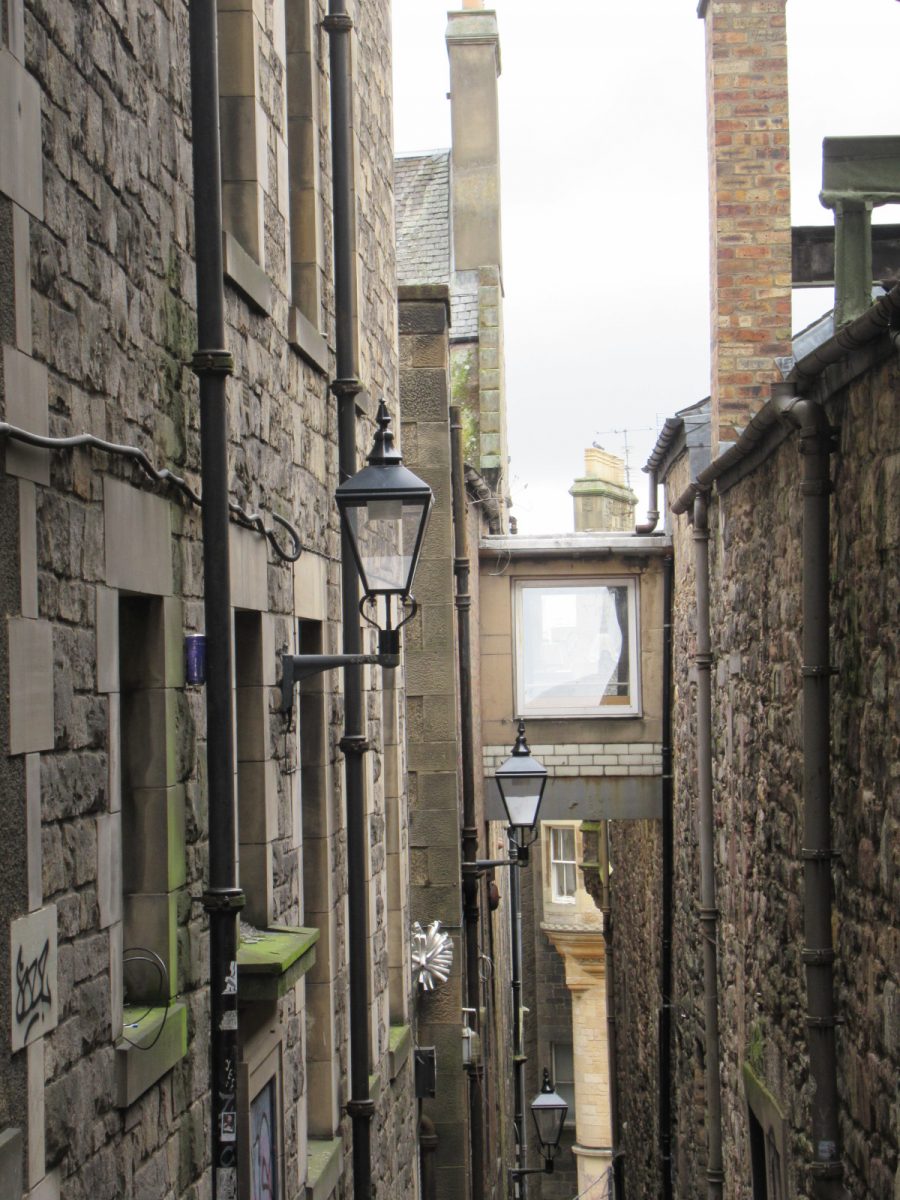
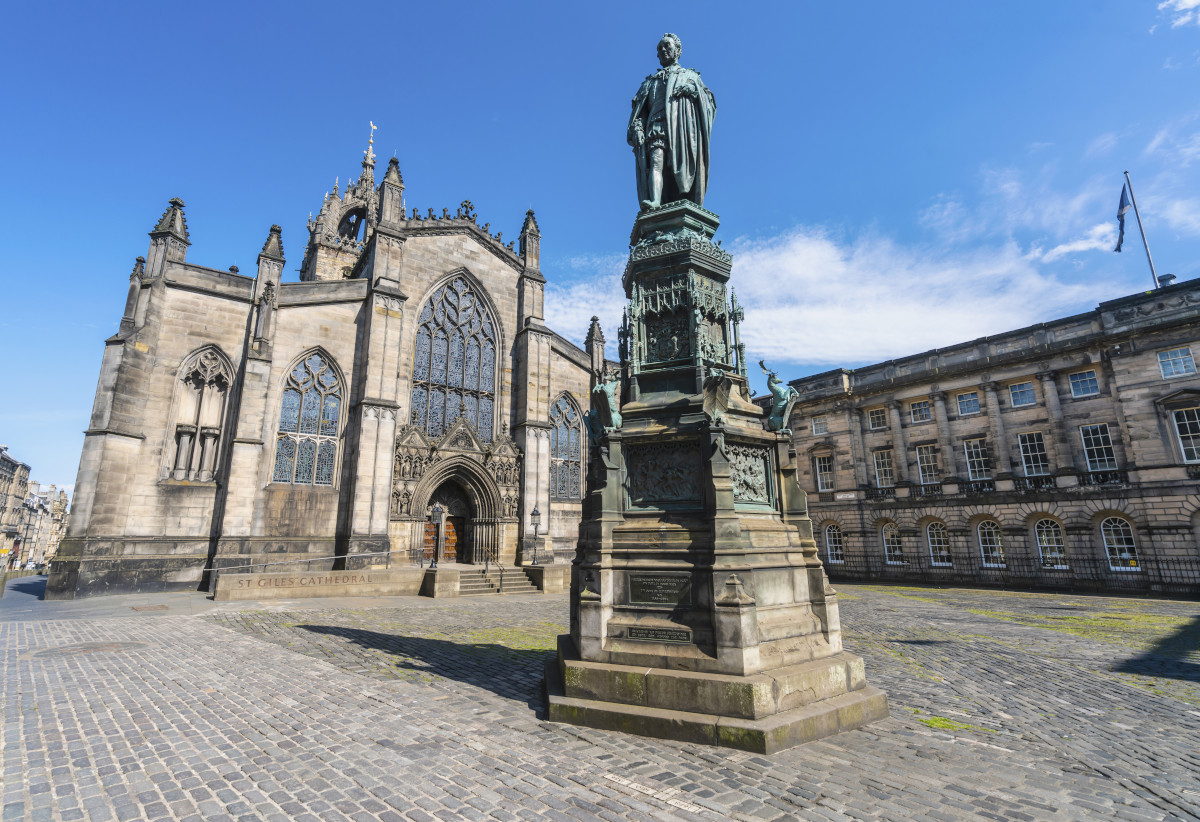
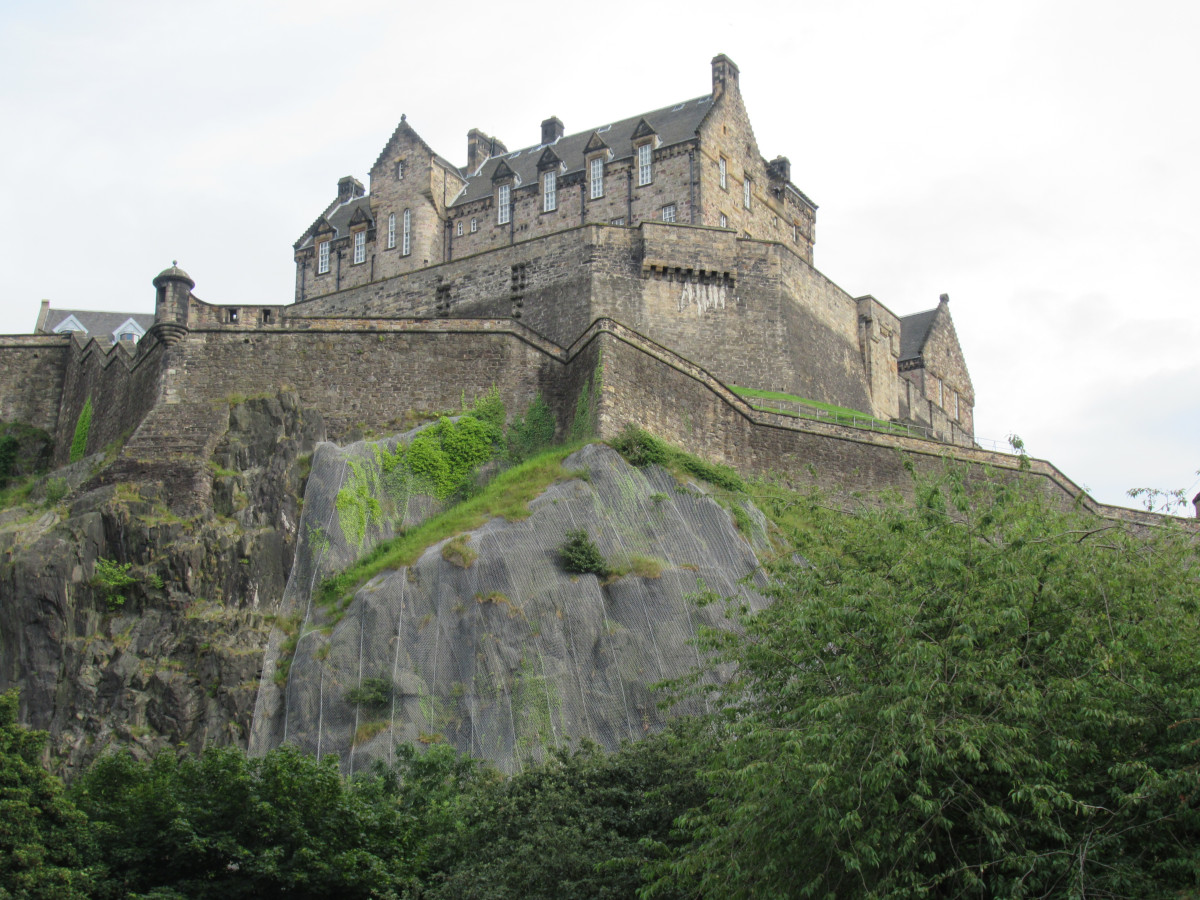
The simplest way to see Edinburgh is to stroll up and down the Royal Mile, actually just slightly longer than an actual mile. There are blockbuster sights at each end – Edinburgh Castle at the top and the Palace of Holyrood at the bottom – and on the way you will pass St Giles Cathedral, see the entrances to dozens of little closes off each side of the street and be able to stop at any number of pubs, tearooms and souvenir shops. Bagpipes may be heard!
To lengthen this walk – or as an alternative – take a loop around the Old Town. Starting at the castle, go down to Grassmarket, which was the cattle market for five centuries from 1477 and also the site of the gallows. Notable people were executed at the Mercat Cross, but thieves, murders and protesting covenanters met their fate here. It was a rough area, where crowds gathered to watch cockfights or an execution, where the infamous Deacon Brodie had his gambling den and where the body-snatchers Burke and Hare lived. Today it’s a pretty square, full of restaurants. Look out for the White Hart Inn, thought to be the oldest inn in Edinburgh.
From Grassmarket, take a left along Victoria Street, perhaps the city’s most picturesque street. Its cobbles, pretty Flemish-style houses painted in bright colours and two-tiered arcade are highly photogenic. Here you will find independent shops – books, cheeses, tweed and a magic shop. At no 40 is Diagon House. It’s thought that J K Rowling based Diagon Alley in the Harry Potter books on this street and it’s certainly true that she wrote much of the first volume in Edinburgh. Up above Grassmarket is the George Heriot School, very possibly the model for Hogwarts, with its towers, turrets, quadrangle and a clock tower.

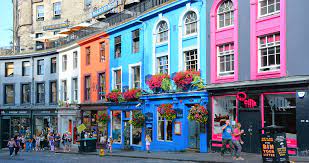
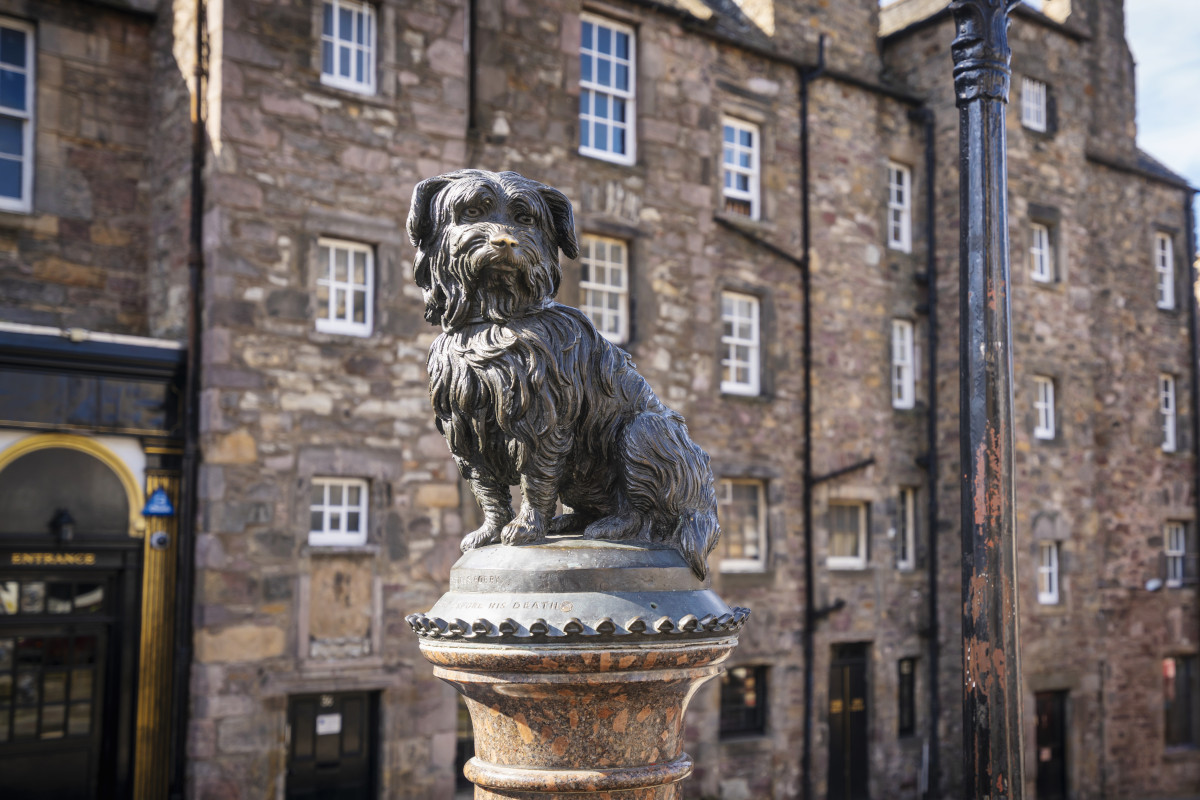
At the end of Victoria Street, turn right onto George IV Bridge, which will give you a look at Cowgate, so named because it was originally the road which brought farmers and their cattle into the market. In the 15th century it was called by its Latin name, Via Vaccarum, or ‘Road of the Cows.’ There is more on the podcast about the street’s history, including its role as the city’s ‘Little Ireland’ and home of the Hibernians football team.
Greyfriar’s Church is nearby, along Cowgate and up into Candlemaker’s Row. Outside is the statue of the little Skye terrier who is a popular Edinburgh symbol and whose inscription reads ‘Greyfriar’s Bobby, died 14th January, 1872, aged 16 years. Let his loyalty and devotion be a lesson to us all’. His story is told more fully on the podcast, as is the turbulent history of the church itself. It was first Edinburgh Church built after the reformation and its story includes the signing of the National Covenant, defending the Protestant Church in Scotland and its use as a barracks by Oliver Cromwell.
Further up the hill, you will find George Square, built in the 18th century as an alternative posh part of town to New Town and named after King George III. There are plaques commemorating famous former residents, including Walter Scott, Arthur Conan Doyle and R L Stevenson. This pretty square is the centre of Edinburgh University and the central gardens, while privately owned, often have public access, for example during the Edinburgh Festival when it fills up with fairy lights and marquees and becomes the venue for a host of plays and concerts.
new Town walks
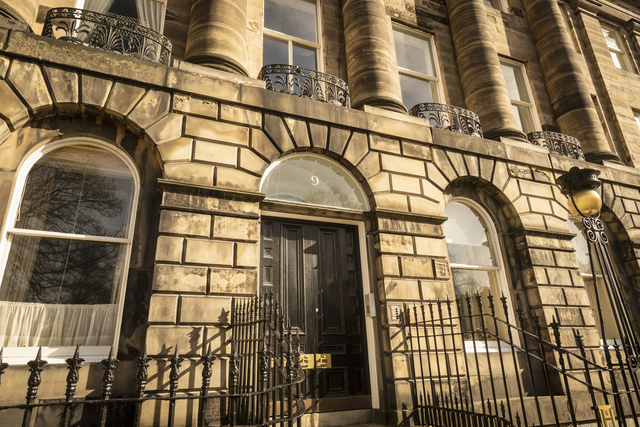
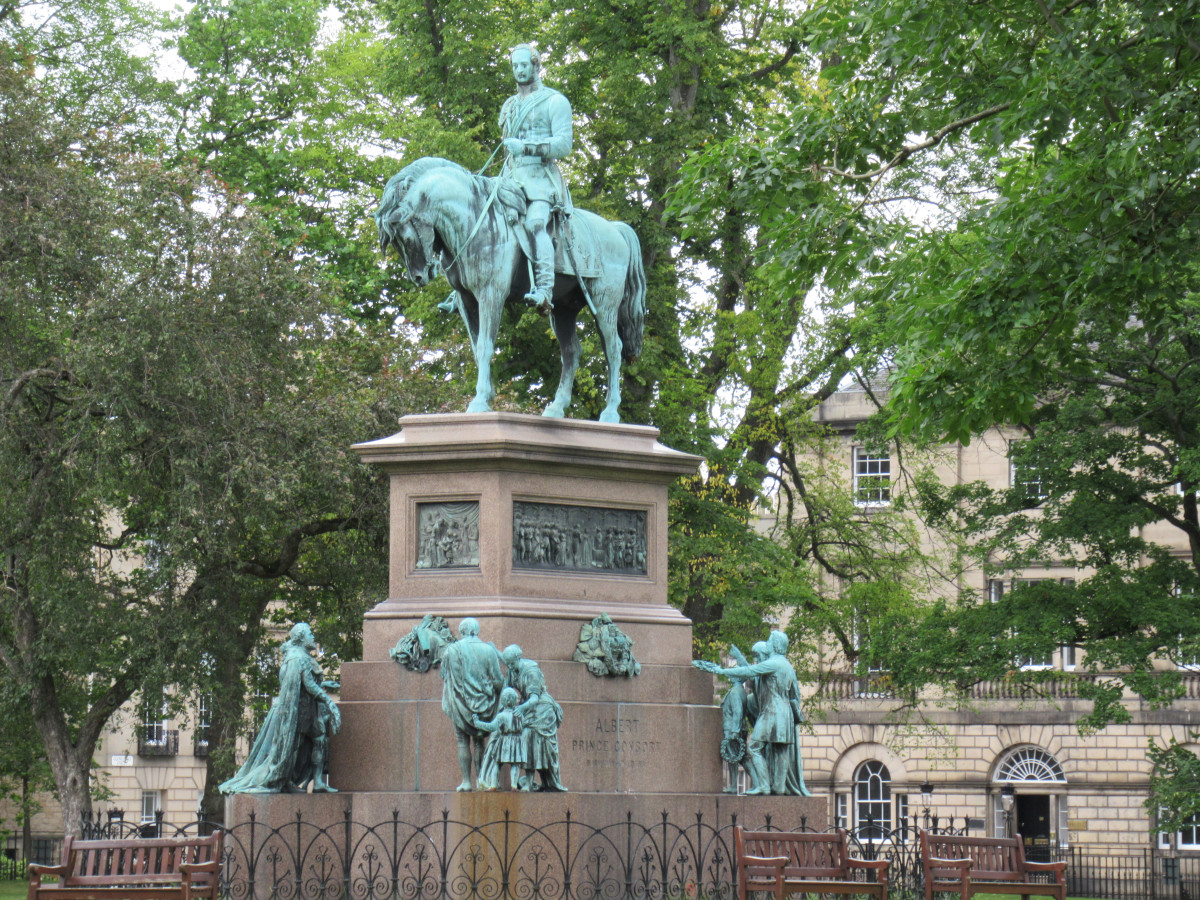

The easiest New Town walk involves criss-crossing the ‘grid’ formed by George Street, Queen Street, Princes Street and the roads connecting them, taking in Charlotte Square and St Andrew Square. Extensions to this basic route will give you a broader view of what the Rough Guide to Edinburgh calls ‘an extraordinary grouping of squares, circuses, terraces, crescents and parks that display a restrained symmetry.’ Suggestions are:
- go north from St Andrew Square along Dublin Street and over Drummond Place to The Royal Crescent. From there, head west to the Royal Circus and Moray Place, built for the Earl of Moray in the 1820s. It is the site of some of Edinburgh’s grandest houses and from there it is a short hop back to Charlotte Square.
- go a little further north from the Royal Circus into Stockbridge where you can walk to the Botanic Gardens or stroll around the Water of Leith towards Leith harbour, seeing ducks, swans and maybe an otter on the way.
- west of Charlotte Square and Moray Place, head for Dean Village, once an independent village with 11 water mills. It’s now a classy suburb with cobbled streets, independent shops and designer residences converted from former mills and granaries. Here you can visit St Mary’s Cathedral – where lunchtime concerts are held – and the Scottish National Gallery of Modern Art.
two beautiful parks

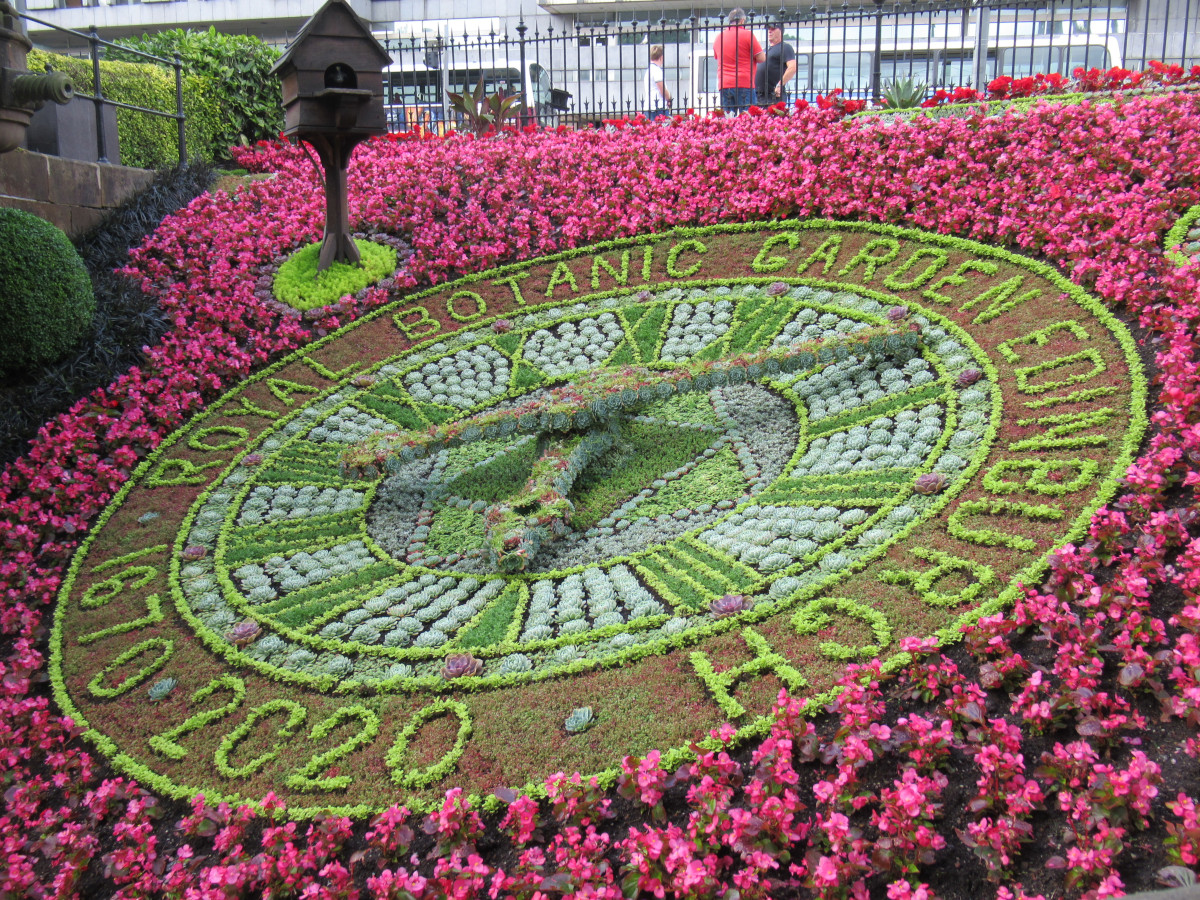
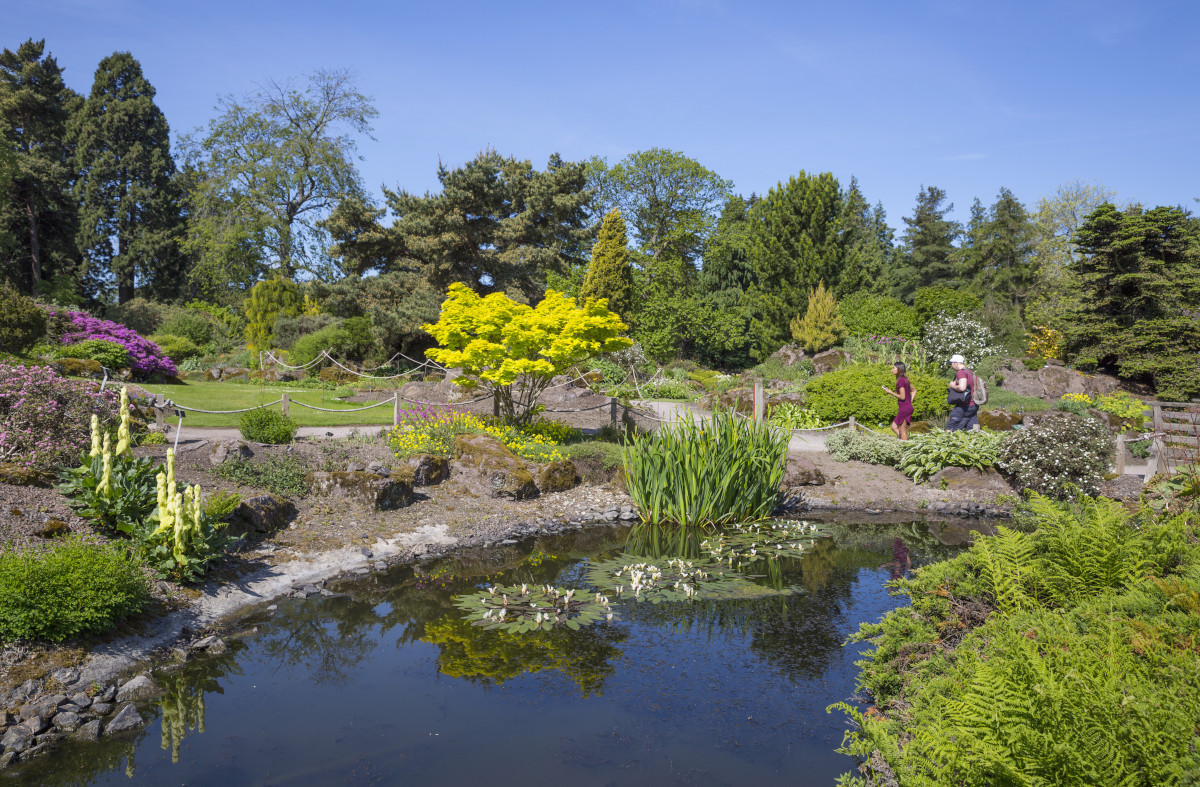
Princes Street Gardens sits between the Old and the New Towns and makes for a restful stop with its pathways, flower beds and host of statues. It’s laid out in two sections. In the Eastern half is the Scott Monument, near Waverley Station which was named after one of Walter Scott’s most famous novels. There’s more on the podcast about this towering symbol of the city, decorated by a statue of the author, containing a museum about him on its first level and offering wonderful views of Edinburgh as you climb its 287 steps. The National Gallery of Scotland is here too and views of the castle pop up at intervals.
The Royal Botanic Garden lies a mile north of the city centre and it is free to wander its 26 tranquil hectares. It’s also a scientific centre – the Scottish Kew Gardens, if you will – and was founded in the 17th century. It’s a repository for plant specimens from all over the world, and has a host of special sections you can visit – a palm house, a rainforest environment and a huge collection of Chinese plants for example.
3 walks in edinburgh’s surroundings
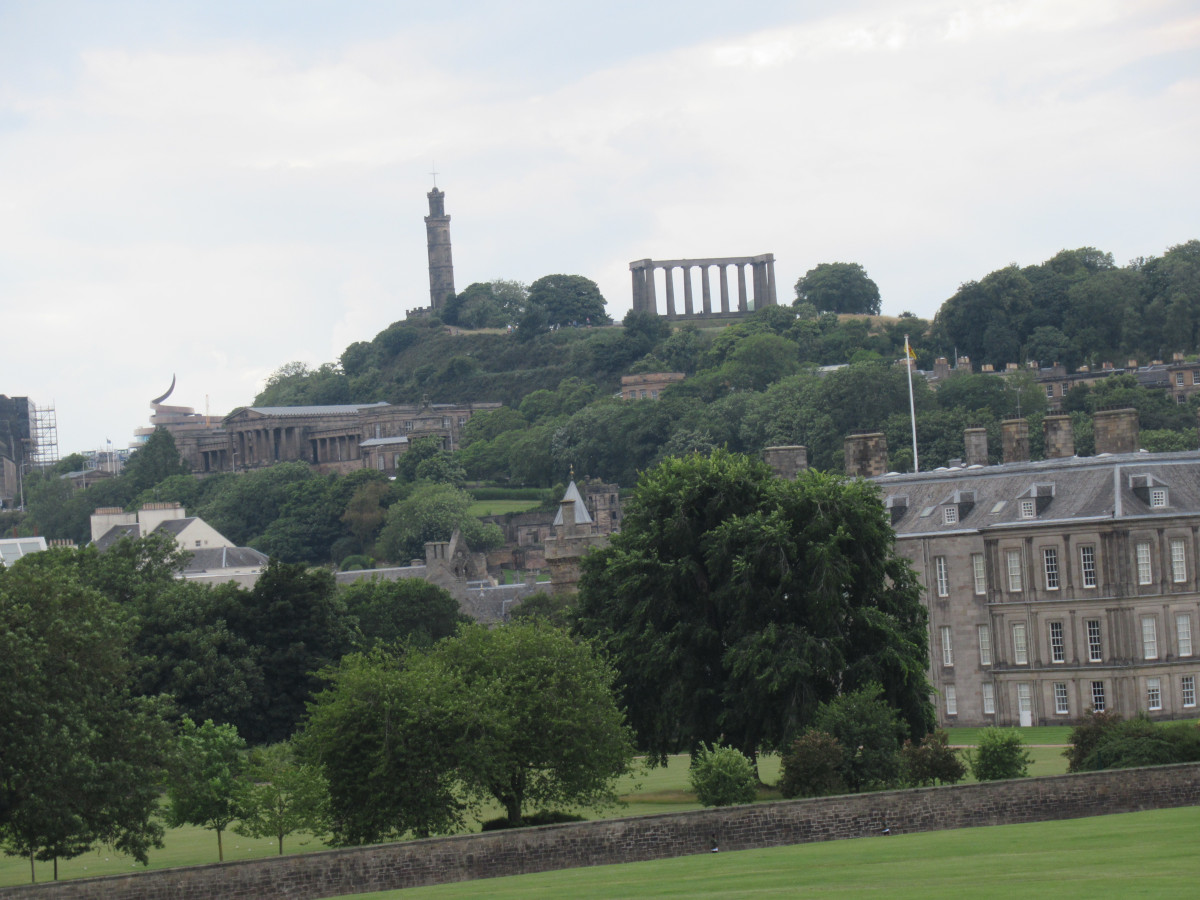
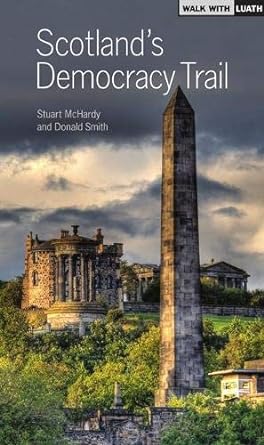
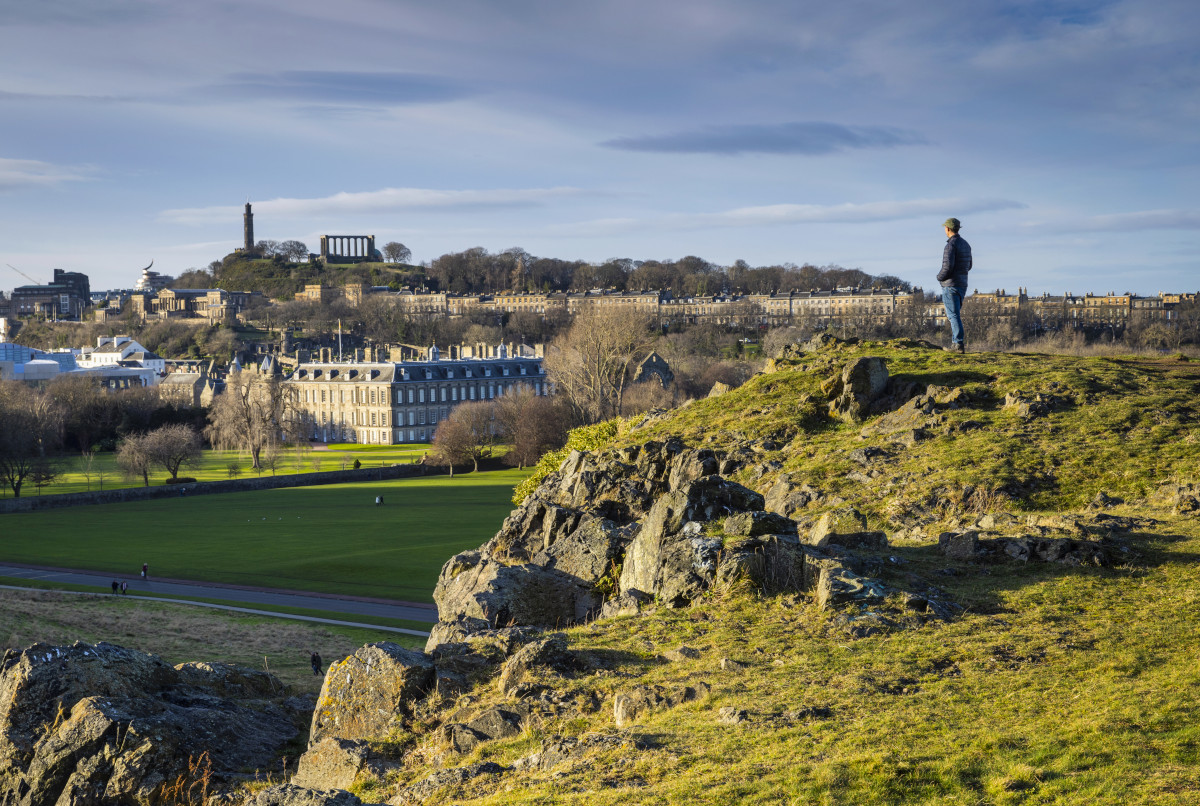
You must climb Arthur’s Seat if you are able to! It’s a stiff walk, starting near the Palace of Holyrood and brings wonderful views over Edinburgh city centre to the Firth of Forth. Dorothy Wordsworth was enraptured by the scenery here and Queen Victoria chose the backdrop of Salisbury Crags, topped by Arthur’s Seat, as a backdrop for inspecting her Scottish troops.
You can climb Calton Hill in a few minutes, taking a staircase which starts at the junction of Waterloo Place and Regent Road, just near Waverley Station. Again, the views are spectacular and at the top you will find a number of monuments, most notably the National Monument. This familiar landmark is a copy of the Greek Parthenon begun in 1826 as a tribute to those who died in the Napoleonic Wars, but never finished because the money ran out. It has been called ‘Edinburgh’s Folly’ and ‘;Scotland’s Disgrace’ because of its unfinished state.
Scotland’s Democracy Trail is an interesting two-hour walk taking in both Edinburgh city centre and some of the surrounding scenery and it tells the 500 year history of democracy in Scotland. Authors Stuart McHardy and Donald Smith describe the route in their book, Scotland’s Democracy Trail and re-tell all the relevant stories.
Listen to the POdcast
Reading suggestion
Edinburgh on Foot A Pocket Walking Guide by Richard Hallewell
Scotland’s Democracy Trail by Stuart McHardy and Donald Smith
Rough Guide to Edinburgh
links for this post
The White Hart Inn
Diagon House
Greyfriar’s Kirk (its history)
The Scott Monument
The National Gallery of Scotland
St Mary’s Cathedral
Scottish National Gallery of Modern Art
Royal Botanic Garden, Edinburgh
Previous episode Two Scottish Parliaments
Next episode Edinburgh’s History Museums





